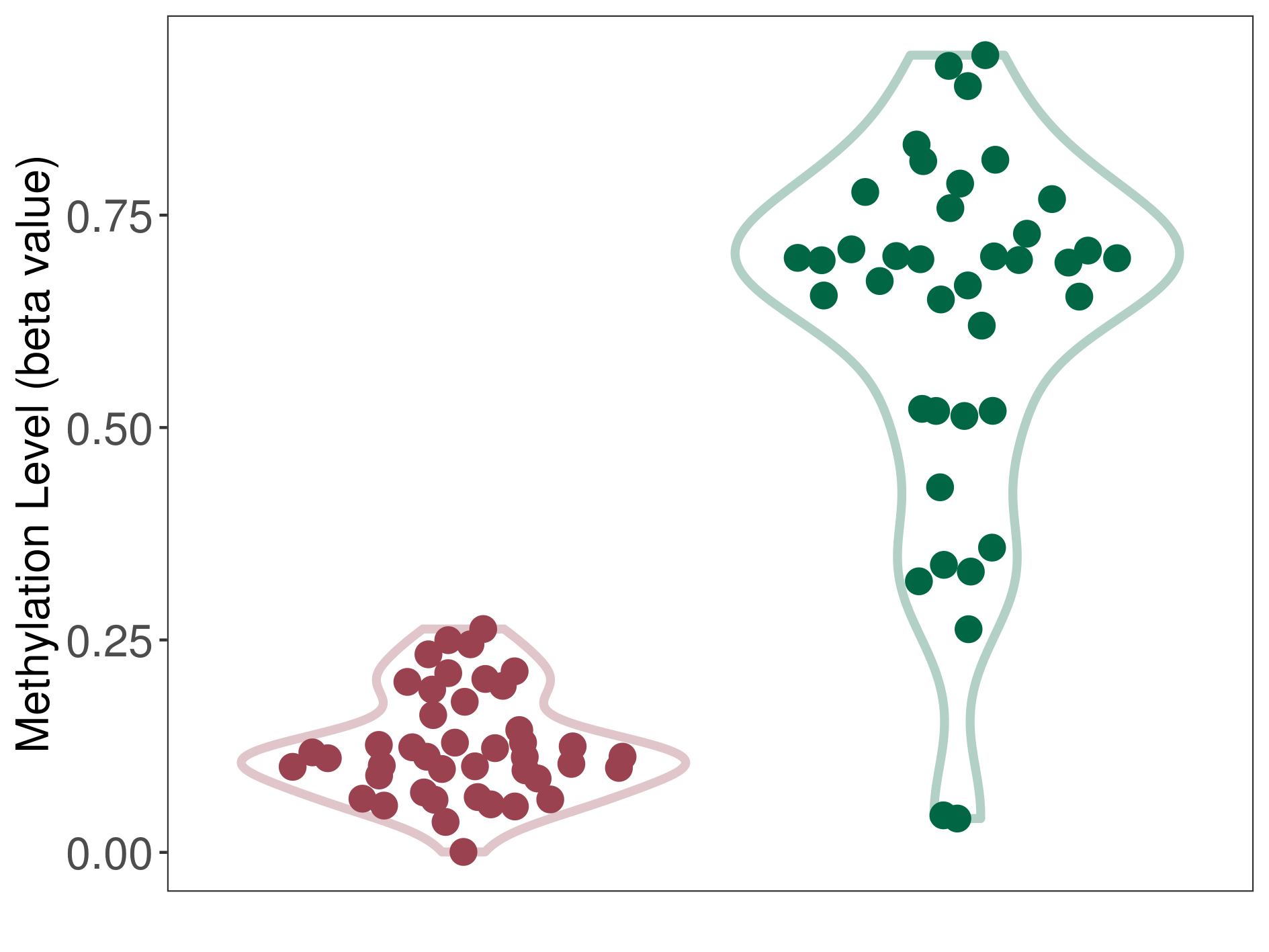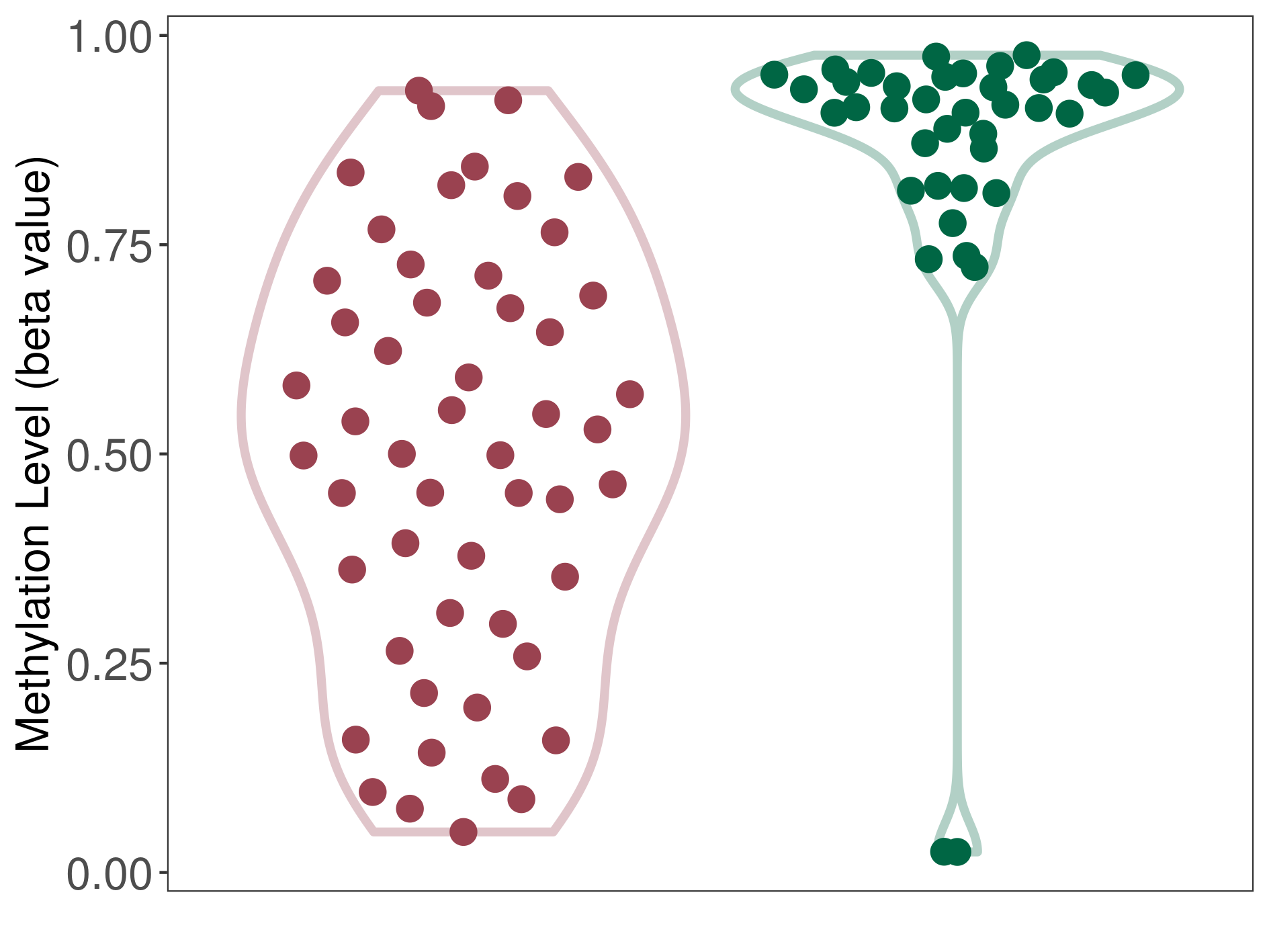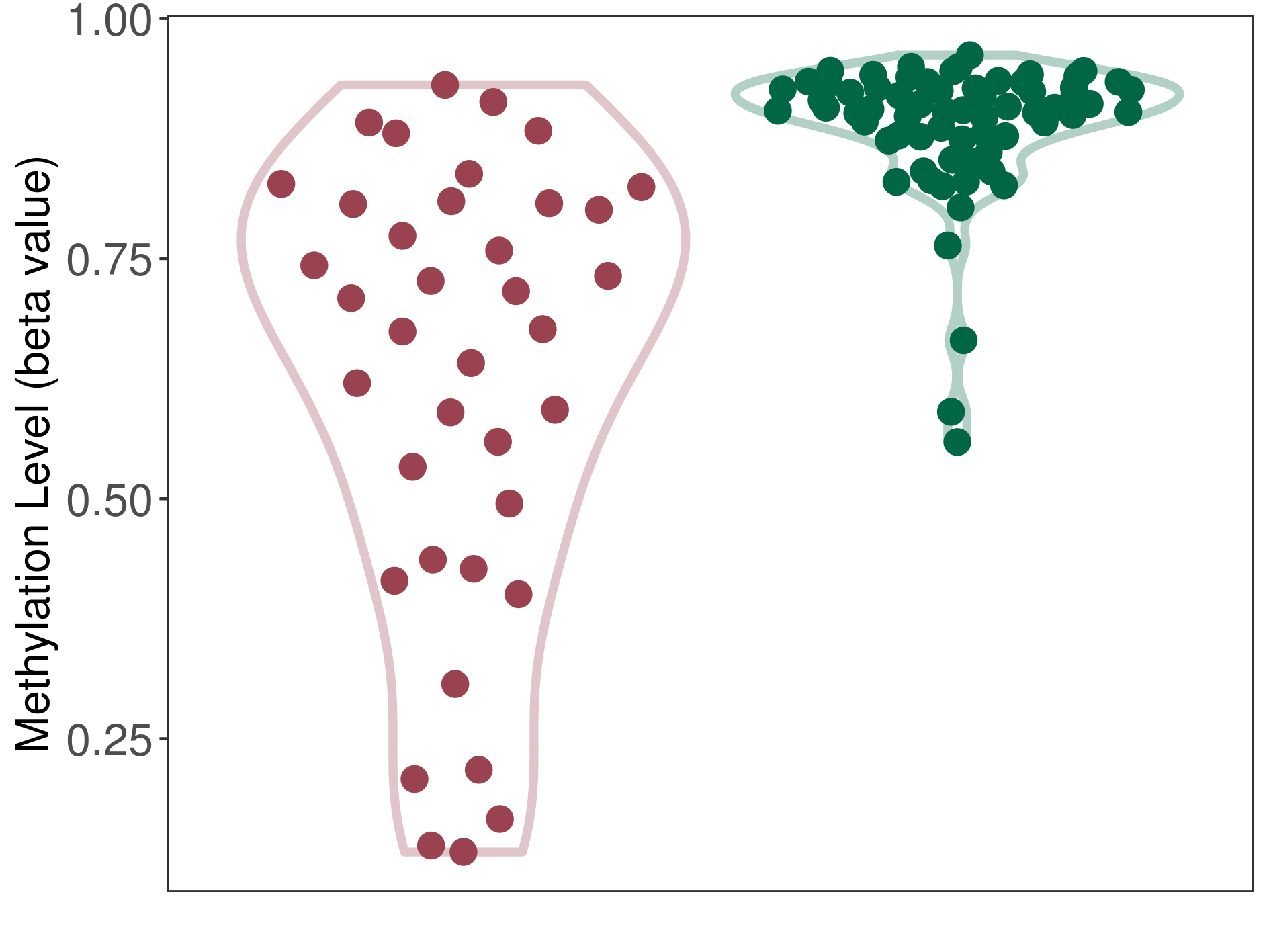Details of Host Protein-DME Interaction (HOSPPI)
| General Information of Drug-Metabolizing Enzyme (DME ID: DME0037) | |||||
|---|---|---|---|---|---|
| DME Name | Steroid 21-hydroxylase (CYP21A2), Homo sapiens | DME Info | |||
| UniProt ID | |||||
| EC Number | EC: 1.14.14.16 (Click to Show/Hide the Complete EC Tree) | ||||
| Lineage | Species: Homo sapiens (Click to Show/Hide the Complete Species Lineage) | ||||
| Interactome | |||||
| Disease Specific Interactions between Host Protein and DME (HOSPPI) | |||||
|---|---|---|---|---|---|
| ICD Disease Classification Healthy | |||||
| ICD-11: Healthy | Click to Show/Hide the Full List of HOSPPI: 3 HOSPPI | ||||
| Oligomerization | |||||
| Cytochrome b5 (CYB5A) | Health | Heterodimer | |||
| Uniprot ID | |||||
| Interaction Name | CYB5A-CYP21A2 heterodimerization | [1] | |||
| Studied Cell Lines | Escherichia coli cell line | ||||
| Description | Cytochrome b5 (CYB5A) is reported to heterodimerize with the CYP21A2 protein, which leads to an altered activity of the drug-metabolizing enzyme Steroid 21-hydroxylase. As a result, the interaction between CYB5A and CYP21A2 can modulate the drug-metabolizing process of Steroid 21-hydroxylase. | ||||
| Cytochrome P450-C17 (CYP17A1) | Health | Heterooligomer | |||
| Uniprot ID | |||||
| Interaction Name | CYP17A1-CYP21A2 heterooligomerization | [2] | |||
| Studied Cell Lines | Escherichia coli JM109 competent cell line | ||||
| Affected Substrate(s): | 17-Hydroxyprogesterone (Metabolic product: 11-Deoxycortisol) | ||||
| Description | Cytochrome P450-C17 (CYP17A1) is reported to heterooligomerize with the CYP21A2 protein, which leads to a decreased activity of the drug-metabolizing enzyme Steroid 21-hydroxylase. As a result, the interaction between CYP17A1 and CYP21A2 can decrease the drug-metabolizing process of Steroid 21-hydroxylase. | ||||
| Progesterone receptor 1 (PGRMC1) | Health | Heterooligomer | |||
| Uniprot ID | |||||
| Interaction Name | PGRMC1-CYP21A2 heterooligomerization | [3] | |||
| Studied Cell Lines | Monkey kidney fibroblast-like cell (COS)7 | ||||
| Affected Substrate(s): | Progesterone (Metabolic product: Progesterone 21-hydroxylase) | ||||
| Description | Progesterone receptor 1 (PGRMC1) is reported to heterooligomerize with the CYP21A2 protein, which leads to activation of the drug-metabolizing enzyme Steroid 21-hydroxylase. As a result, the interaction between PGRMC1 and CYP21A2 can activate the drug-metabolizing process of Steroid 21-hydroxylase. | ||||
| ICD Disease Classification 02 Neoplasms | |||||
| ICD-11: 2A00 Brain cancer | Click to Show/Hide the Full List of HOSPPI: 2 HOSPPI | ||||
| DNA methylation | |||||
| DNA methyltransferase (DNMT) | Brain neuroblastoma | Significant hypomethylation | |||
| Interaction Name | DNMT-CYP21A2 interaction | ||||
| The Methylation Level of Disease Section Compare with the Healthy Individual Tissue | Significant hypomethylation p-value: 1.60E-17; delta-beta: -5.84E-01 | ||||
| Description | DNA methyltransferase (DNMT) is reported to significantly hypo-methylate the CYP21A2 gene, which leads to a significantly increased expression of the drug-metabolizing enzyme Steroid 21-hydroxylase. As a result, the interaction between DNMT and CYP21A2 can significantly affect the drug-metabolizing process of Steroid 21-hydroxylase. | ||||
|
DME methylation in the diseased tissue of patients
DME methylation in the normal tissue of healthy individuals
|
|||||
| Violin Diagram of DME Disease-specific Methylation Level |

|
Click to View the Clearer Original Diagram | |||
| DNA methyltransferase (DNMT) | Multilayered rosettes embryonal tumour | Significant hypomethylation | |||
| Interaction Name | DNMT-CYP21A2 interaction | ||||
| The Methylation Level of Disease Section Compare with the Healthy Individual Tissue | Significant hypomethylation p-value: 1.31E-10; delta-beta: -4.00E-01 | ||||
| Description | DNA methyltransferase (DNMT) is reported to significantly hypo-methylate the CYP21A2 gene, which leads to a significantly increased expression of the drug-metabolizing enzyme Steroid 21-hydroxylase. As a result, the interaction between DNMT and CYP21A2 can significantly affect the drug-metabolizing process of Steroid 21-hydroxylase. | ||||
|
DME methylation in the diseased tissue of patients
DME methylation in the normal tissue of healthy individuals
|
|||||
| Violin Diagram of DME Disease-specific Methylation Level |

|
Click to View the Clearer Original Diagram | |||
| ICD-11: 2B30 Lymphoma | Click to Show/Hide the Full List of HOSPPI: 1 HOSPPI | ||||
| DNA methylation | |||||
| DNA methyltransferase (DNMT) | Lymphoma | Moderate hypomethylation | |||
| Interaction Name | DNMT-CYP21A2 interaction | ||||
| The Methylation Level of Disease Section Compare with the Healthy Individual Tissue | Moderate hypomethylation p-value: 3.74E-08; delta-beta: -2.13E-01 | ||||
| Description | DNA methyltransferase (DNMT) is reported to moderatly hypo-methylate the CYP21A2 gene, which leads to a moderatly increased expression of the drug-metabolizing enzyme Steroid 21-hydroxylase. As a result, the interaction between DNMT and CYP21A2 can moderatly affect the drug-metabolizing process of Steroid 21-hydroxylase. | ||||
|
DME methylation in the diseased tissue of patients
DME methylation in the normal tissue of healthy individuals
|
|||||
| Violin Diagram of DME Disease-specific Methylation Level |

|
Click to View the Clearer Original Diagram | |||
| ICD-11: 2C12 Liver cancer | Click to Show/Hide the Full List of HOSPPI: 1 HOSPPI | ||||
| Oligomerization | |||||
| Progesterone receptor 1 (PGRMC1) | Liver cancer | Heterooligomer | |||
| Uniprot ID | |||||
| Interaction Name | PGRMC1-CYP21A2 heterooligomerization | [4] | |||
| Studied Cell Lines | Human embryonic kidney cells (HEK293) and Human liver cancer cell lines (HepG2) | ||||
| Description | Progesterone receptor 1 (PGRMC1) is reported to heterooligomerize with the CYP21A2 protein, which leads to a slight effect on the enzyme activity of Steroid 21-hydroxylase. As a result, the interaction between PGRMC1 and CYP21A2 can slightly affect the drug-metabolizing process of Steroid 21-hydroxylase. | ||||
If you find any error in data or bug in web service, please kindly report it to Dr. Yin and Dr. Li.

